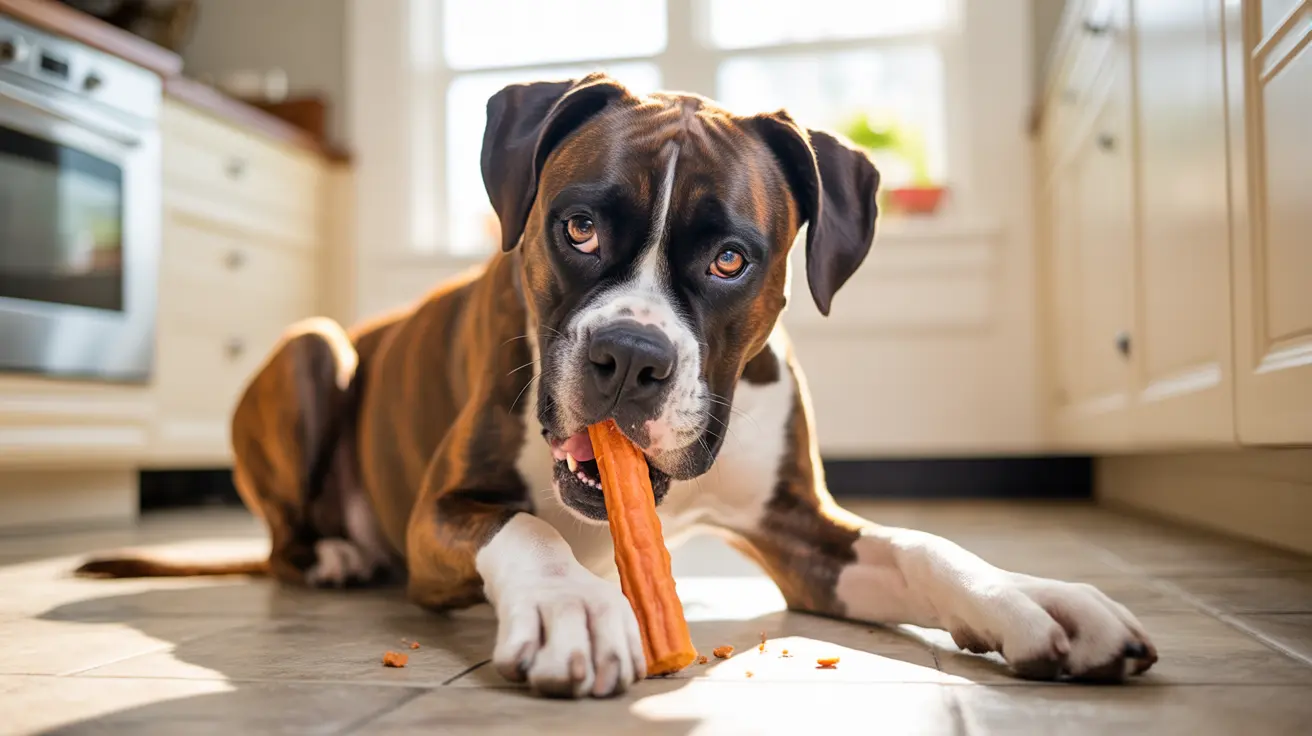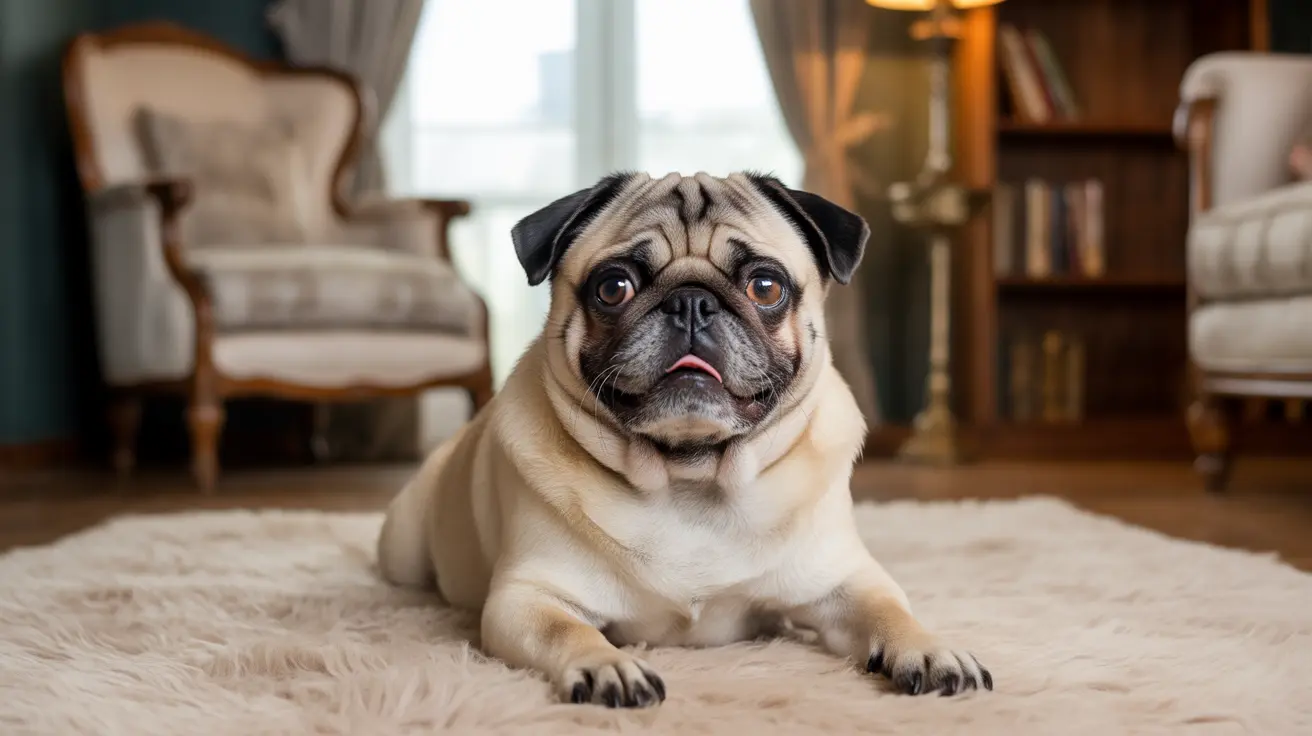Understanding Canine Mating Behavior and Its Sensory Aspects
Dog mating is a natural biological process essential for reproduction in canines. Many pet owners wonder whether dogs experience pleasure during mating. While pleasure is a complex emotional state typically associated with humans, we can explore what is known about the physical and behavioral cues dogs exhibit during copulation to shed light on this question.
The Canine Reproductive Cycle
Before discussing the mating act itself, it's important to understand the reproductive cycle of female dogs:
- Proestrus: Lasts about 9 days. The female shows signs like a swollen vulva and bloody discharge but isn't receptive yet.
- Estrus: Also around 9 days. The female becomes receptive to the male and may exhibit behaviors such as tail flagging and increased affection.
- Diestrus: Follows estrus, whether or not mating has occurred, lasting about 60–90 days.
- Anestrus: The resting stage of the cycle between heats.
Male Reproductive Readiness
Male dogs become sexually mature at around six months of age. Unlike females, males don’t experience cycles and can mate year-round once past puberty.
Courtship and Copulatory Behavior
Canine courtship begins with behaviors like sniffing and licking the genital areas. Once the female is receptive, the male mounts her from behind. If successful, the male achieves penetration and ejaculation. A distinctive feature of canine mating is the tie (or lock), where the male’s bulbus glandis swells and the female’s vaginal muscles contract, causing them to remain joined for 10–45 minutes.
Does This Indicate Pleasure?
From a purely biological perspective, mating serves a procreative purpose, but dogs do show certain behavioral cues that may suggest an enjoyable or instinctively rewarding experience:
- Male dogs are often keen to mount receptive females, indicating a drive beyond mere reproduction.
- Both dogs tend to be calm during the tie, occasionally turning away from each other or standing quietly.
- Dogs typically do not exhibit distress during or after mating unless interfered with.
However, these observations do not confirm emotional pleasure as humans understand it. Veterinary science suggests dogs may experience heightened sensory or physiological arousal during mating, but drawing conclusions about emotional states like pleasure is speculative.
Environmental and Emotional Factors
Even if physical sensations occur, dogs’ overall experience is also shaped by their environment and prior socialization. Factors that promote a more positive experience include:
- A quiet, stress-free space for mating
- Health screening and adequate maturity
- Proper introduction of mating pairs to reduce anxiety
- Adequate training to facilitate calm behavior
Post-Mating Care
After successful mating, attention shifts to the female’s health and potential pregnancy. A gestation period of about 63 days follows, with early signs such as appetite changes, increased rest, and mammary gland development. Proper care during this period maximizes the chances for healthy pups and a smooth delivery.
When Things Don’t Go as Planned
Mating doesn’t always proceed naturally. Veterinary intervention may be necessary in cases where:
- Dogs are inexperienced
- Breeds exhibit size or anatomical disparities
- Artificial insemination is elected to avoid health risks
Artificial insemination should always be veterinarian-led, ensuring semen is stored and administered under appropriate conditions.
Summary
While we can’t definitively claim that dogs experience pleasure during mating in the human emotional sense, observable physical responses and willingness to copulate suggest it may be instinctually rewarding. Ultimately, responsible breeding practices—guided by veterinary supervision and ethical care—should remain the priority for dog owners seeking to understand or manage canine mating behavior.





